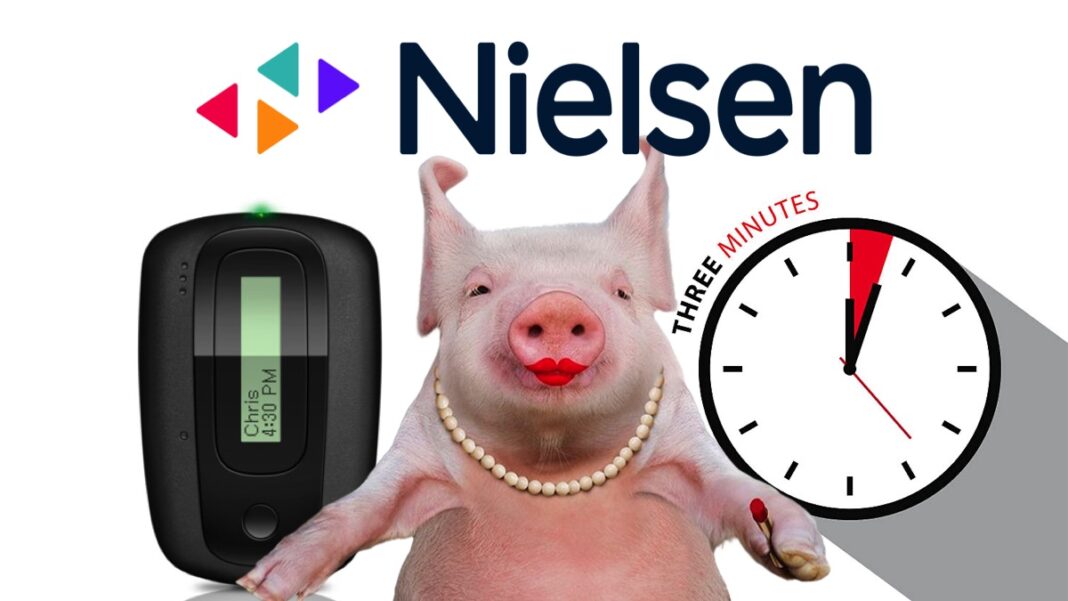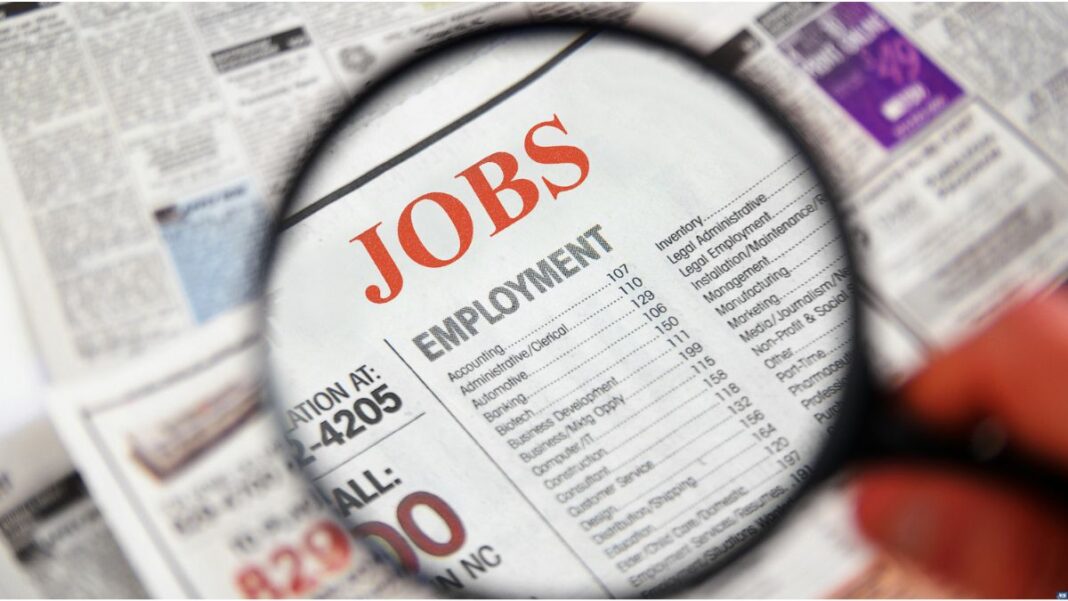Barrett Media produces daily content on the music, news, and sports media industries. To stay updated, sign up for our newsletters and get the latest information delivered straight to your inbox.
Despite being a believer in radio, I have never been a believer in Nielsen or its ratings system. Sample sizes are too small, and the frequencies registered by portable people meters don’t really tell us if someone is actively listening to the sound emitting from the nearest speakers or if he or she is even aware there is anything coming from them at all.
I have just spent the better part of the last three months talking to executives from some of the biggest companies in radio for our Meet the Leaders series. A lot of them sang the praises of Neilsen for cutting the threshold down from five minutes to three in order for a radio station to get credit for a listener. The party line is that when all media is competing, they should be doing so on a level playing field. If the average internet video is 90 seconds, why should radio have to hold someone’s attention for five minutes to get credit for them being there at all?
As a surface-level argument, I get it. Radio, like linear television, operates in an old-fashioned way. That’s neither a good nor bad thing. It’s just the nature of the technology. When compared to the complete control digital entertainment gives its audience though, linear media can seem a little dated and be a tough sell for advertisers that may think they know more about audience consumption patterns than they really do.
Nielsen’s decision to give stations credit for a quarter-hour of listening after a PPM holder has actually listened for only three minutes may combat perception. It will certainly result in higher numbers to show advertisers and prospects.
In reality, those higher numbers are meaningless. I don’t think it takes much critical thinking to realize that.
Sports and news/talk have ratings powerhouses. The Sports Hub in Boston and WTOP in D.C. pull some monster numbers and they are useful to the stations’ sellers. But in personality radio, listener loyalty has always been more valuable to advertisers than any number. It’s why live ad reads are so popular and valuable.
So, let’s talk about what three minutes actually is on music radio. If I tune in for three minutes, there’s a chance I hear nothing but commercials. Maybe I tune in at the beginning of a song. There’s no way I am hearing more than one in that span.
I don’t expect that will be the case for most listeners. It is just a way to illustrate that all we have done here is lower the bar. In three minutes, there is a very real chance a listener is not hearing anything to identify the station or keep them coming back.
Dr. Ed Cohen, one of the great minds in ratings research, is a colleague here at Barrett Media. He has compared any gains stations make as akin to those made shortly after the introduction of PPM ratings when stations learned about the advantages Voltaire devices created.
We see the issue of the three-minute rule a little differently. I think it’s inflation for the sake of inflation. Ed says that it may inflate some numbers, but that inflation shows how poorly radio companies have done marketing their product and the medium as a whole “in the face of digital competition.” And look, Ed’s not wrong. He’s a smart guy, perhaps the smartest when it comes to this issue.
While I enjoyed the conversations I had as part of the Meet the Leaders series, I will admit that at times, I was frustrated. Everyone said all of the right things about what companies needed to do to make a better future for the radio industry, but I don’t have much faith any of them will act on their ideas.
Jason Barrett wrote a piece this week that was meant to be motivational. He titled it “Radio Industry Layoffs Aren’t Going Away, so What are You Doing to Make Yourself Indispensable?”. Maybe a more honest title would have been “Radio Industry Layoffs Aren’t Going Away, and Everyone is Dispensable Because Industry Leaders are Focused on the Wrong Things.”
Radio is bleeding, just ask anyone that found out last week their services were no longer needed by iHeartMedia. Leaders in the industry talk a good game. They say they want to create new stars, build unique brands with a connection to their communities, and market all that the medium has to offer. Why don’t any of them actually do it? Why are slashing budgets and tinkering with a ratings system that has less value than ever the priorities?
I don’t want to be so down on radio. I am not one to jump on the “radio is dying” bandwagon, because I don’t think it is. I certainly don’t think it has to.
The ratings inflation that comes from Nielsen’s three-minute rule is not about solving a problem. It’s about making the biggest companies in this business feel better about a tough reality. Time spent with radio is down. That can be changed, but it will take real effort, not just tinkering with the rules.

Demetri Ravanos is a columnist and features writer for Barrett Media. He is also the creator of The Sports Podcast Festival, and a previous host on the Chewing Clock and Media Noise podcasts. He occasionally fills in on stations across the Carolinas in addition to hosting Panthers and College Football podcasts. His radio resume includes stops at WAVH and WZEW in Mobile, AL, WBPT in Birmingham, AL and WBBB, WPTK and WDNC in Raleigh, NC.
You can find him on Twitter @DemetriRavanos or reach him by email at DemetriTheGreek@gmail.com.









